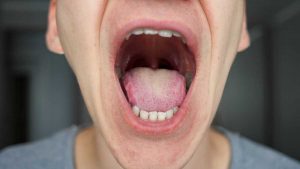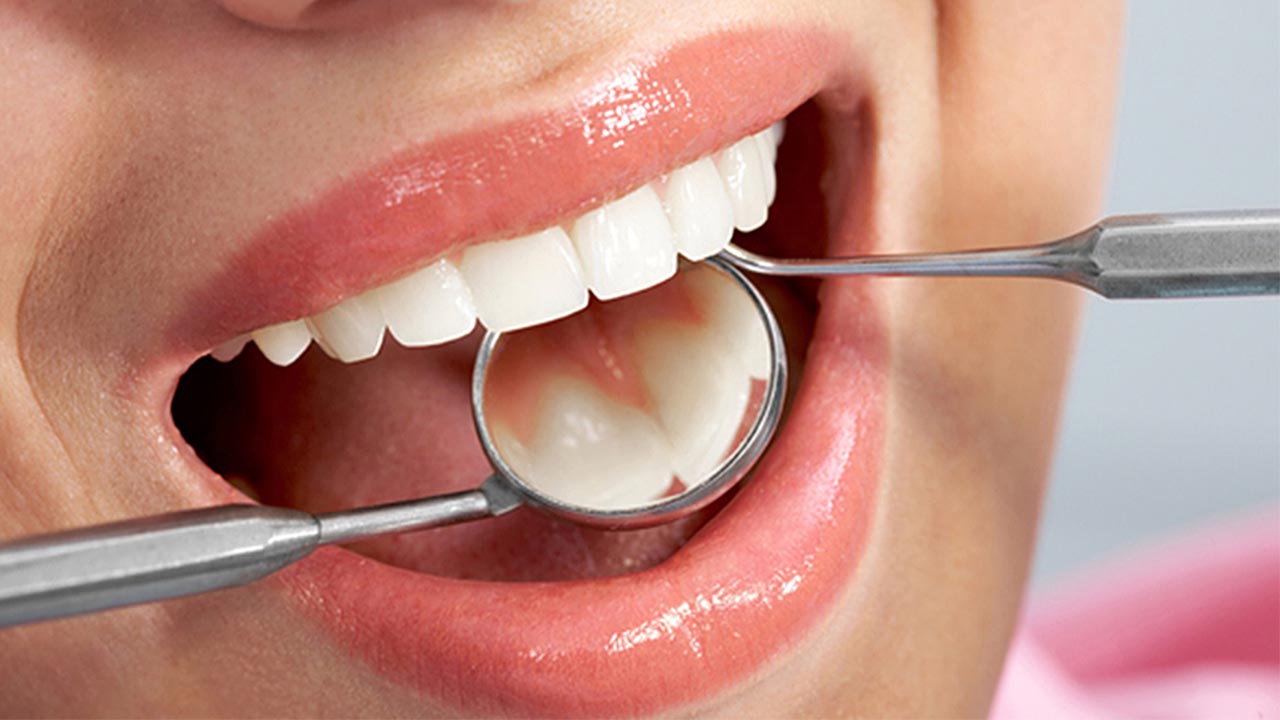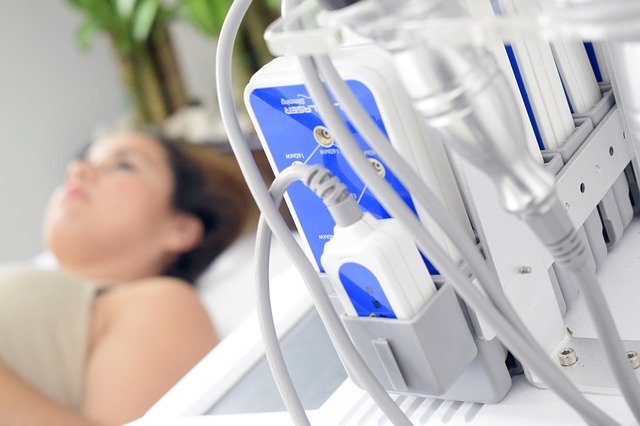[et_pb_section bb_built=”1″][et_pb_row][et_pb_column type=”1_2″][et_pb_text _builder_version=”3.13.1″]
Mouth cancer is directly related to smoking and the habit of smoking or chewing other types of tobacco.
Smoking in pipes, for example, can be a special risk in cancers of the lip area. It is also with the consumption of large amounts of alcohol. However, there are other risk factors that can be considered causes or triggers of carcinoma of the oral cavity:
- Infection with the human papillomavirus (HPV), the risk of oral HPV infection is often associated with sexual behaviors such as oral sex.
- Wear poor oral hygiene.
- Continuous or chronic irritation of the oral area, either by rubbing the denture, rough teeth or incorrectly positioned dentures.
- Some immunosuppressive drugs.
- Continuous exposure to ultraviolet light (in lip cancers, more common in people who work outdoors).
- Poor nutrition (low in fruits and vegetables).
- Graft-versus-host disease, which can occur after a stem cell transplant.
- Have Fanconi anemia or dyskeratosis congenita.
- Tumors of the oral cavity greatly affect very basic functions: breathing, chewing, swallowing, altering the sense of taste, voice and physical appearance.
- The symptoms of carcinoma of the oral cavity are usually the appearance of a chronic lesion that does not improve with usual treatments, or pain or bleeding from it, either through a mouth ulcer, or with what is known as leukoplakia (a patch or whitish plaque that appears in the mouth or inner part of the cheeks).
[/et_pb_text][/et_pb_column][et_pb_column type=”1_2″][et_pb_text _builder_version=”3.13.1″]
- This type of injury can present painlessly at the beginning, and lead to a burning sensation when the tumor begins to grow.
- Other common symptoms of oral cancer are dysphagia (pain when swallowing), dysarthria (alteration to pronounce words), and even halitosis (bad breath). The affected patient may also notice a loss of weight or feel the swollen lymph nodes in the neck.
- Diagnosis and staging of cancer of the oral cavity is done by inspection and biopsy of the suspicious lesion (gum, tongue). The extension study is completed with a good physical examination, where the doctor or the dentist can see if there are sores or ulcers in the area; recommending a dental and nutritional evaluation of the patient, and with cranio-cervico-thoracic imaging (CT or MRI), as well as a study of the upper airways and the esophagus.
- As in all tumors of this location (head and neck), PET-CT is a very useful test for staging, since it is very effective in determining the existence of non-palpable cervical adenopathies.
Always take care of your health with a unique and efficient service. Visit Pharmamedic.

[/et_pb_text][/et_pb_column][/et_pb_row][/et_pb_section]








